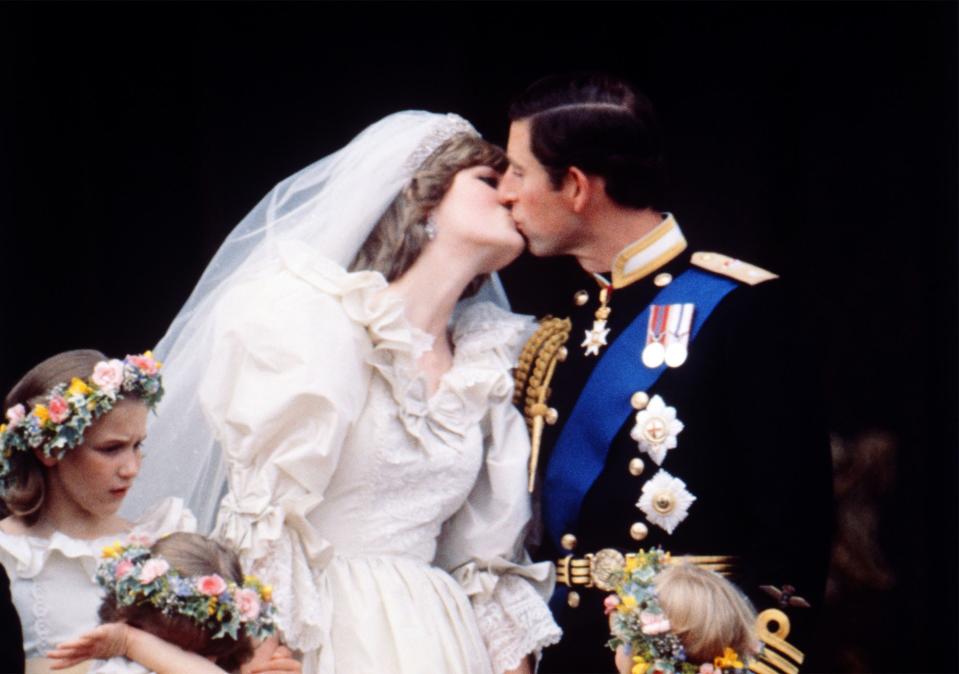Inside Princess Diana’s Royal-Wedding Fairy Tale
Charles and Diana’s Fairy-Tale Royal Wedding

199217
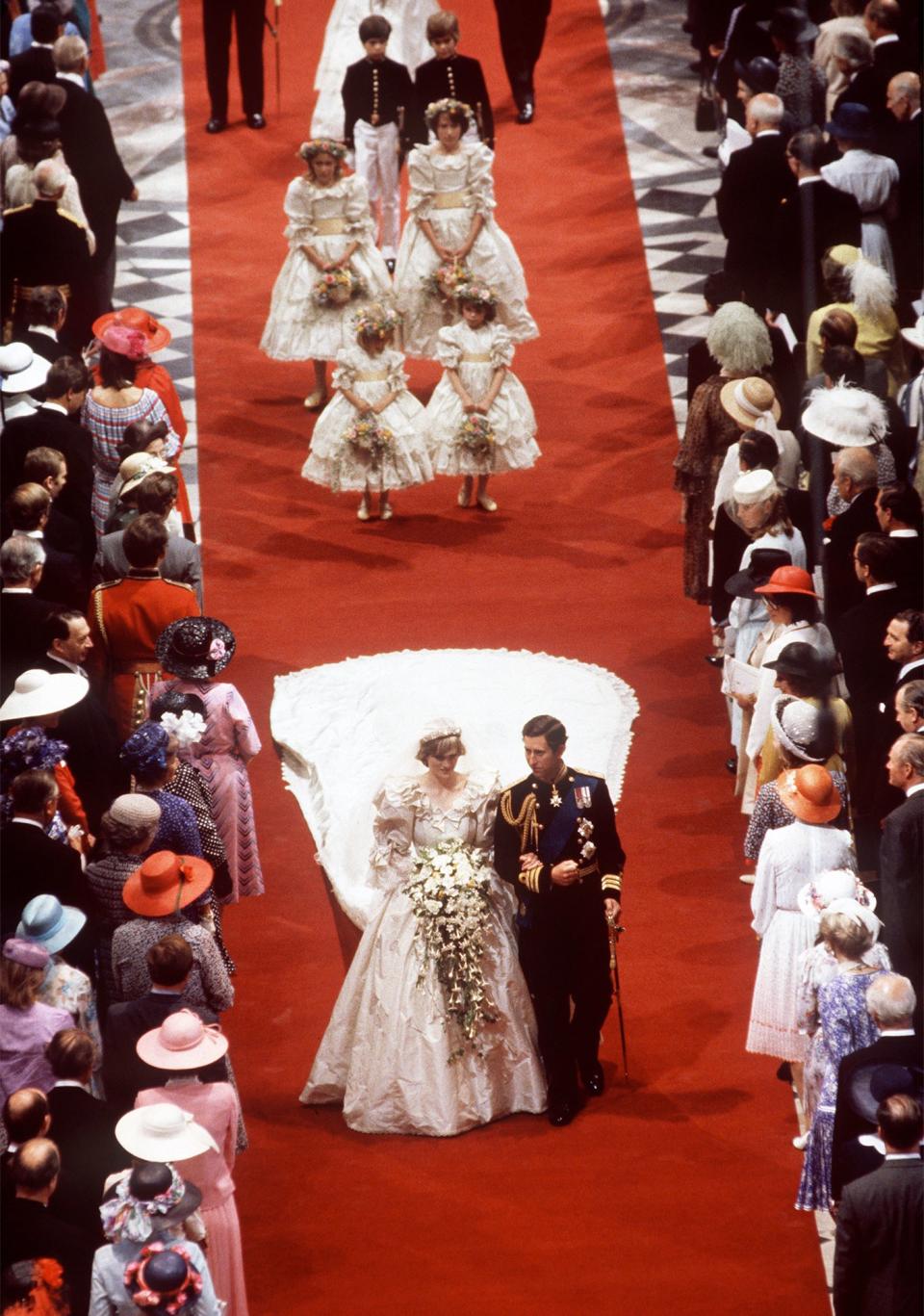
DIANA_CHARLES_WEDDING
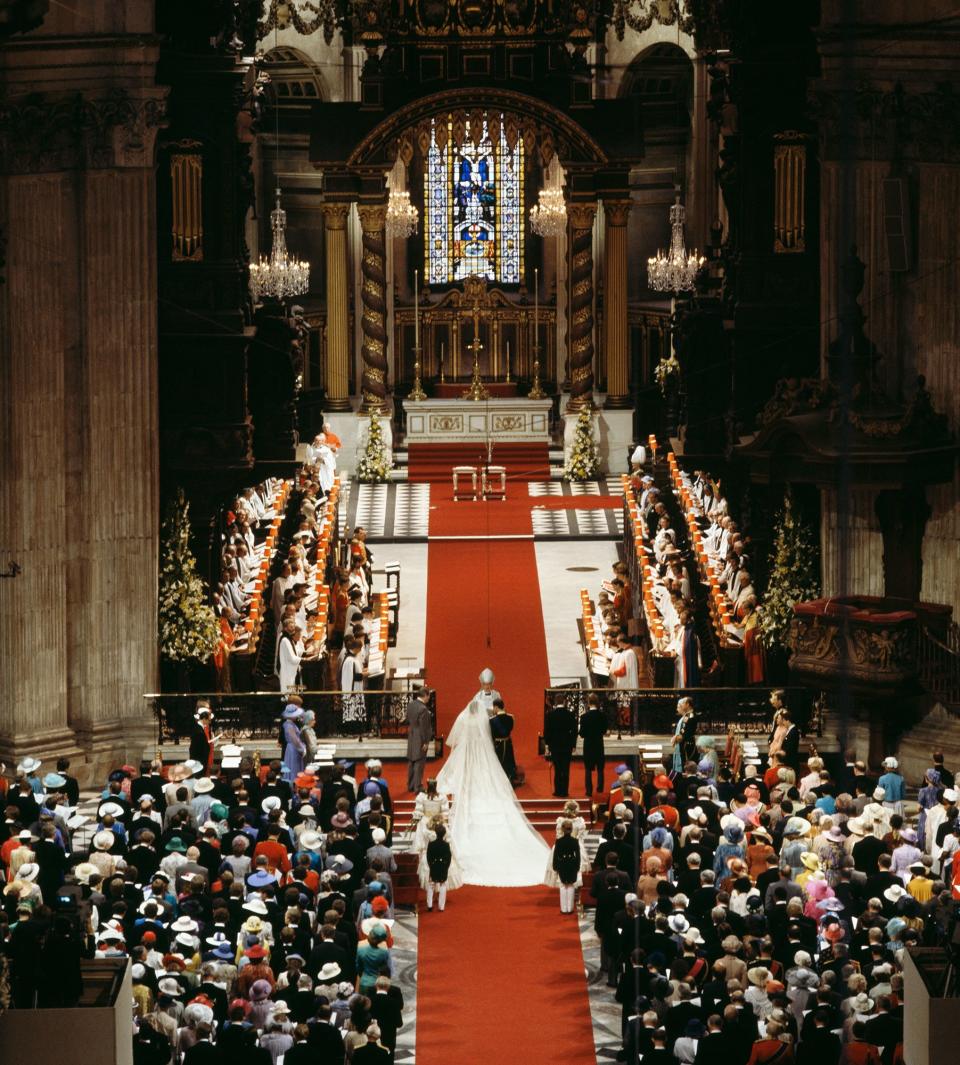
Huty1752520
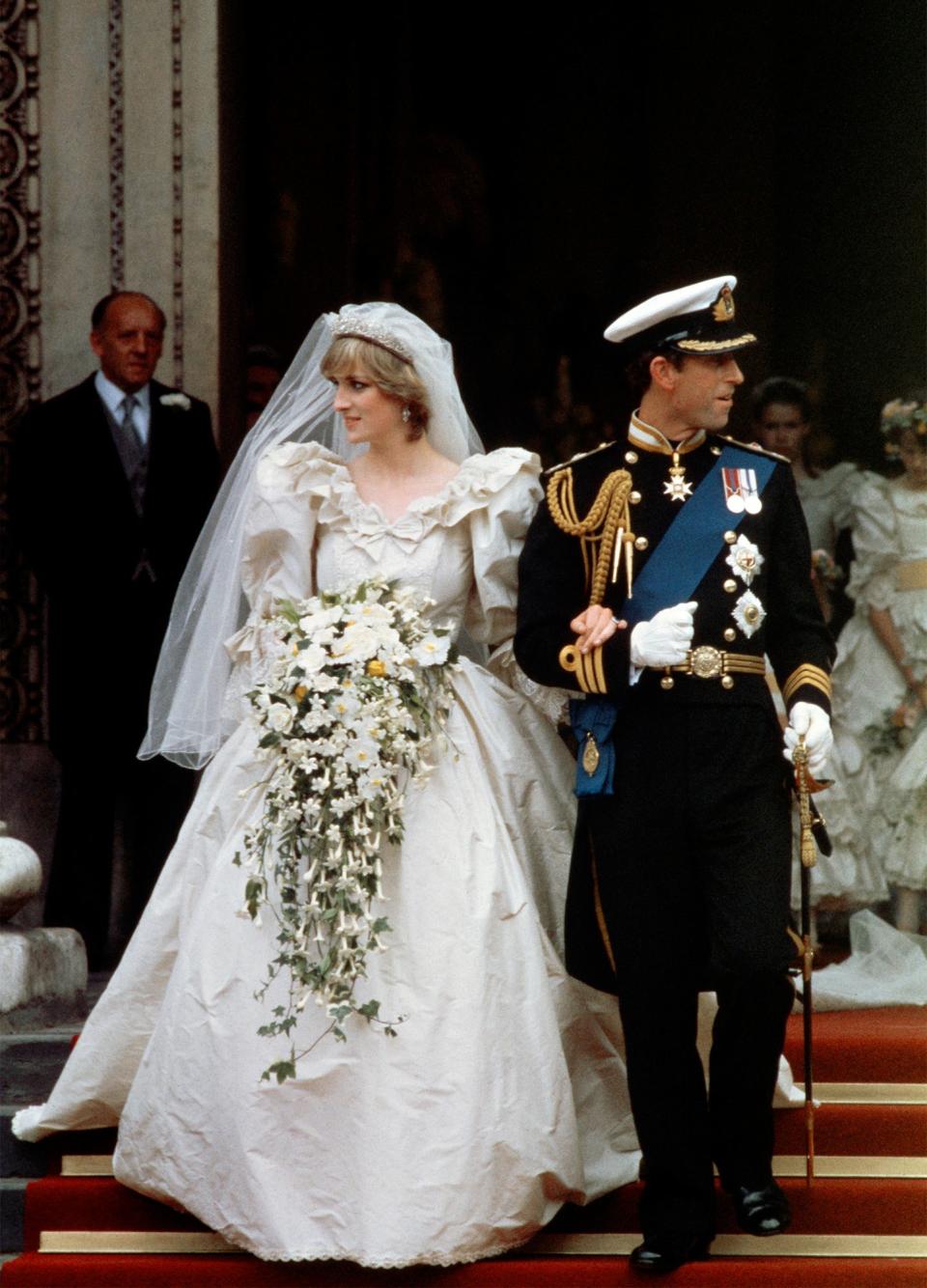
J163019908

U2054421

Huty16060031
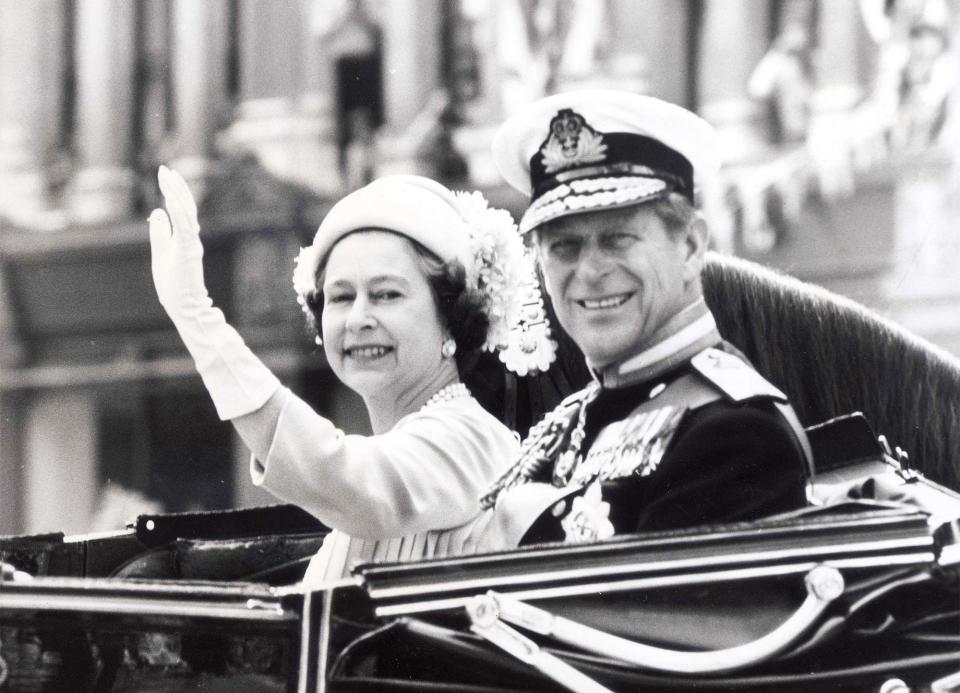
932433a
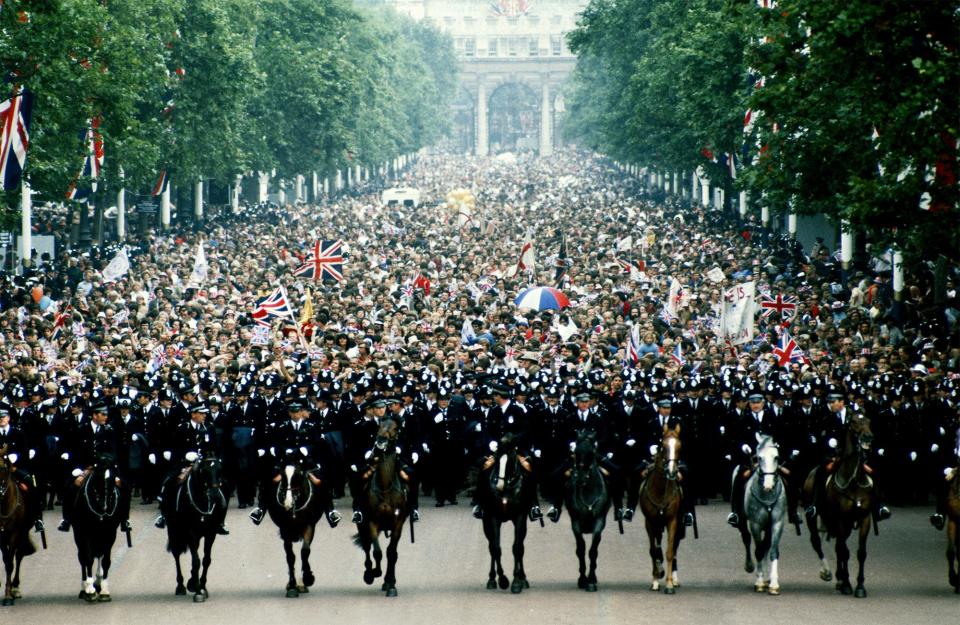
Huty16083057
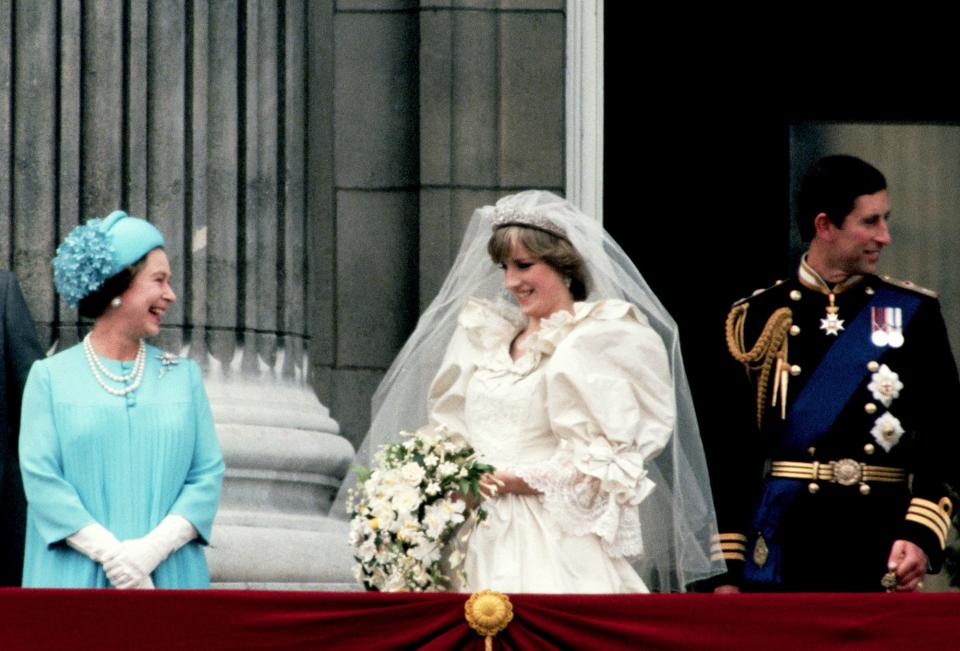
wl007168.jpg
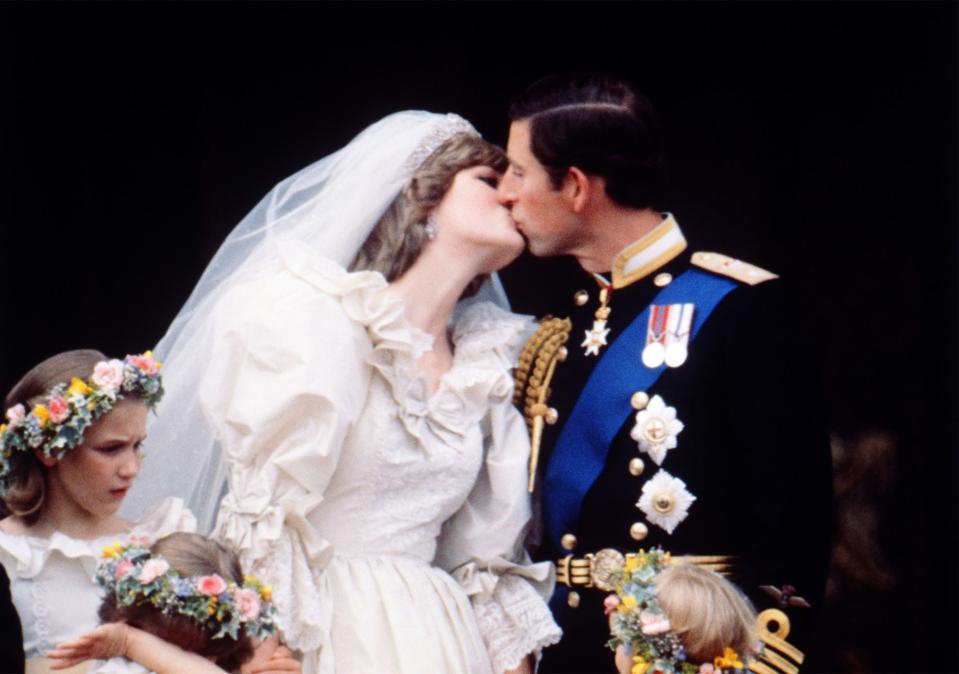
811931ca
Each Tuesday in April, Vanity Fair will flash back to a different British royal wedding in the lead-up to Prince Harry and Meghan Markle’s May 19 nuptials.
Even though Prince Charles married Diana in 1981—a full 34 and 141 years, respectively, after the nuptials of Queen Elizabeth and Queen Victoria—his wedding was swathed in a fairy-tale narrative more old-fashioned than his royal predecessors.
That is partly just the P.R. predicament of being a prince looking for a princess—especially one who spent his twenties taking advantage of his title to work his way through a streak of women either unsuitable for marriage, or worse, already married, on the advice of a great-uncle. (Lord Mountbatten infamously told Charles to “sow his wild oats and have as many affairs as he [could] before settling down.”) By the time he turned 30, under pressure to find a wife appropriate enough for his antiquated family (read: a virgin), Charles and his relatives searched their literal kingdom to find an “intact” woman with malleable qualities necessary for a future queen—not an easy feat in the rollicking, post-feminism era.
With Diana, Charles essentially found his real-life Disney princess—a sweet-natured nursery teacher’s assistant with blonde hair, big blue eyes, respectable lineage, and an unimpeachable personal record. She was a surprise candidate even to her own family—as Diana’s elder sister Sarah had, years earlier, dated Charles. And in a perfectly Cinderella twist, Diana previously spent three years working as Sarah’s cleaning woman—dusting, cleaning dishes, and doing laundry for a reported $1.60 an hour. Even the timeline of the romance seemed to be fast-tracked for a film (not unlike their future son Prince Harry’s relationship with Meghan Markle)—with Diana claiming to have only seen Charles 13 times between the beginning of their courtship and their 1981 wedding at St. Paul’s Cathedral. (If the romance were a movie, a pivotal, climactic courtship sequence would have been Diana’s 1980 “audition” weekend at Balmoral, where she met the royal family and proved herself a worthy royal wife.)
On July 29, 1981, Diana dutifully completed the fairy tale for the 750 million people around the world tuning into the most-watched wedding in history. Diana arrived at St. Paul’s Cathedral in the Glass Coach, a tiara, and a gown so voluminous that it barely fit into the vehicle.
The sprawling dress may have been Diana’s most renegade bridal move. The 20-year-old chose up-and-coming husband-and-wife designers David and Elizabeth Emanuel—whose first couture client had been Bianca Jagger—to create her wedding gown. Despite Diana’s youth, “she always knew exactly what she was looking for, down to the diamond-studded horseshoe sewn in the waistband for good luck,” wrote Diana biographer (and previous Vanity Fair editor) Tina Brown. “[The dress] was the fulfillment of her princess fantasy. She was insistent in her demand for its puffy sleeves and floating silk, its twenty-five-foot taffeta train, its nipped waist, and its antique lace embroidered with pearls and sequins.”
David Emanuel has since said that he and Diana consciously wanted to set a record for the longest train in royal-wedding history, one-upping the previous holder’s 20 feet with a 25-foot-long monstrosity. The train was so long, in fact, that the Emanuels relocated from their studio to an abandoned wing in Buckingham Palace where they had the space to cut the train to size and shape.
Diana had been so stressed in the lead-up to the wedding that her waistline shrunk over five inches, making it difficult for the designers to fit her. In the end, the Emanuels created five different dress bodies to accommodate Diana’s dwindling silhouette, and sewed a blue bow into her waistline for a bit of good luck. The designers also created bridal slippers adorned with 540 sequins and 130 pearls in a heart-shaped design. The low-heeled shoes—at 5’10”, Diana was the same height as her groom—were finished off with C and D initials hand-painted on her arches. Had it rained, the Emanuels also designed a lace-trimmed, pearl-embroidered ivory parasol that, judging by the sketch, would have looked very Little Bo-Peep.
“Diana had her own enormous dressing room, full of the hustle and bustle of people coming and going, flowers being delivered, and all the rest of it,” remembered Diana bridesmaid India Hicks, in Rosalind Coward’s book Diana: The Portrait: Anniversary Edition. Describing the scene hours before Diana walked down the aisle, Hicks said, “I distinctly remember there was a small television on the side of this dressing table, and Diana was seated in front of it, again, dressed in her jeans, and the tiara was being put on her head. She started to shoo anyone who got in the way of the TV screen, out of the way, because, obviously, she was very excited to see herself on television. . . . And then the commercials came on, and there was the ‘Just One Cornetto’ ice-cream commercial. Diana started to sing, and we all started to sing along, too. . . . It sort of indicated, I think, the sort of mixture of feelings around getting dressed—she was obviously intrigued to see herself on television, and relaxed enough to be able to sing, but yet sort of nervous enough that we’re all laughing and joking along.”
Decades later, during her scorched-earth, post-divorce P.R. streak, Diana would go on to call July 29, 1981, “the worst day of my life,” and tell others that she felt like “a lamb to the slaughter” when she awoke on her wedding morning. But shortly after the nuptials, Charles and Diana were both ecstatically quoted, suggesting that the marriage—at least at the beginning—was more fairy, less cautionary tale. Charles told a cousin, “There were several times when I was perilously close to crying from the sheer joy of it all.” Diana, meanwhile, said, “It was heaven, amazing, wonderful, though I was so nervous when I was walking up the aisle that I swore my knees would knock and make a noise.”
Ahead, other details about what was dubbed “the wedding of the century.”
Breaks from Tradition
Diana and Charles were the first British royals to forgo the antiquated “obey” line in their vows. Charles had selected St. Paul’s Cathedral over the more traditional Westminster Abbey for the wedding because, according to Lady Colin Campbell’s The Real Diana, “it was more beautiful, could hold a full orchestra, and had a world-famous choir.” (Charles, a culture buff, took great pride in selecting the music for the wedding.) Though Charles forgot to seal his vows to Diana with a kiss, the prince made up for it hours later when he and Diana began a new tradition—kissing in public view on the Buckingham Palace balcony.
Camilla Parker Bowles
Oh, her. Tina Brown wrote that Diana was very much aware of Charles’s feelings for Camilla, and had been heartbroken, before the wedding, when she discovered a bracelet Charles had monogrammed for Camilla. Though Charles succeeded in inviting his ex-girlfriend and future wife to the wedding itself—along with 2,500 guests including Nancy Reagan and Princess Grace—Diana refused to invite Camilla to the more exclusive wedding breakfast at Buckingham Palace.
Wedding Day Mistakes
Princess Diana’s makeup artist that day has since revealed that Diana accidentally doused part of her wedding gown with perfume—her favorite scent, Quelques Fleurs—leaving a stain that the princess covered with her hand throughout the ceremony. During the vows, Diana also transposed her groom’s names—calling him “Philip Charles” instead of “Charles Philip.” Charles had his own blip—instead of offering his bride “my worldly goods,” he offered her “thy goods.”
There were some wedding-day tears, though not from bride or groom—bridesmaid Clementine Hambro, great-granddaughter of Winston Churchill and Diana’s favorite former kindergarten student, tripped and fell during the wedding-day festivities and erupted into tears. Diana was able to cheer up the bridesmaid by bending over and asking Clementine if she “bumped her bottom.”
Heightened Security
As part of the intense security operation before the wedding, according to the The New York Times, police opened manholes, used search dogs, and stationed sharpshooters on roofs in the case of an attack by Irish Republican guerrillas. The security expenses reportedly boosted the wedding’s total price tag, when adjusted for inflation, to $110 million according to Business Insider.
Media were so desperate to get a sneak peek of Diana’s dress, meanwhile, that the Emanuels took several security precautions of their own—ripping up sketches after showing them to Diana (since journalists had ransacked their trash); creating an alternative back-up dress in case the design leaked; and installing a safe in their studio to hold sketches and fabric swatches.
Wedding Breakfast
The menu included traditional strawberries with cream, brill in lobster sauce, and Princess of Wales chicken (stuffed with fine lamb mousse). The couple also served 27 (!) cakes, with the official wedding cake—a five-foot-tall layered fruitcake with white icing—decorated with Charles’s coat of arms, the Spencer family crest, and flowers including roses, lilies of the valley, and orchids.
Wedding Gifts
On behalf of America, the Reagans sent the bride and groom an engraved Steuben glass bowl and a handmade porcelain centerpiece by Boehm. Canada gifted the couple a roomful of antique Canadian furniture (including a four-poster bed in maple, two wooden candle stands, and a small drop-leaf desk). Australia sent 20 handcrafted silver platters, inscribed on the back with the date of the marriage. The couple also received an Art Deco clock from Cartier; whisky from Scotland; a matching diamond and sapphire watch, bracelet, pendant, ring, and earrings from Crown Prince Fahd of Saudi Arabia; and a pair of 100-year-old silk mittens identical to ones worn by Queen Victoria.
Other more humble gifts included gingerbread figures of Charles and Diana from a primary school; a carpet sweeper; picnic baskets; and white bathrobes embroidered with the bride and groom’s names.
Diana and Charles also had a secret registry—at the fashionable Chelsea store General Trading Company. Friends who wanted to send gifts had to be approved by Buckingham Palace before they could view the list—which reportedly included garden furniture, a wine cooler, and a pair of breakfast-in-bed trays.
A Modest Exit
“Later, to the astonishment of everyone, royal starchiness evaporated entirely as the newlyweds left in an open landau for Waterloo Station to take the train to Broadlands, the country house in southern England where they will spend the first stage of their honeymoon,” reported The New York Times. “On the back of the carriage was pasted a handwritten sign, announcing that they were ‘just married,’ and tied to the footmen’s bench was a big bunch of heart-shaped silver and blue balloons.”
